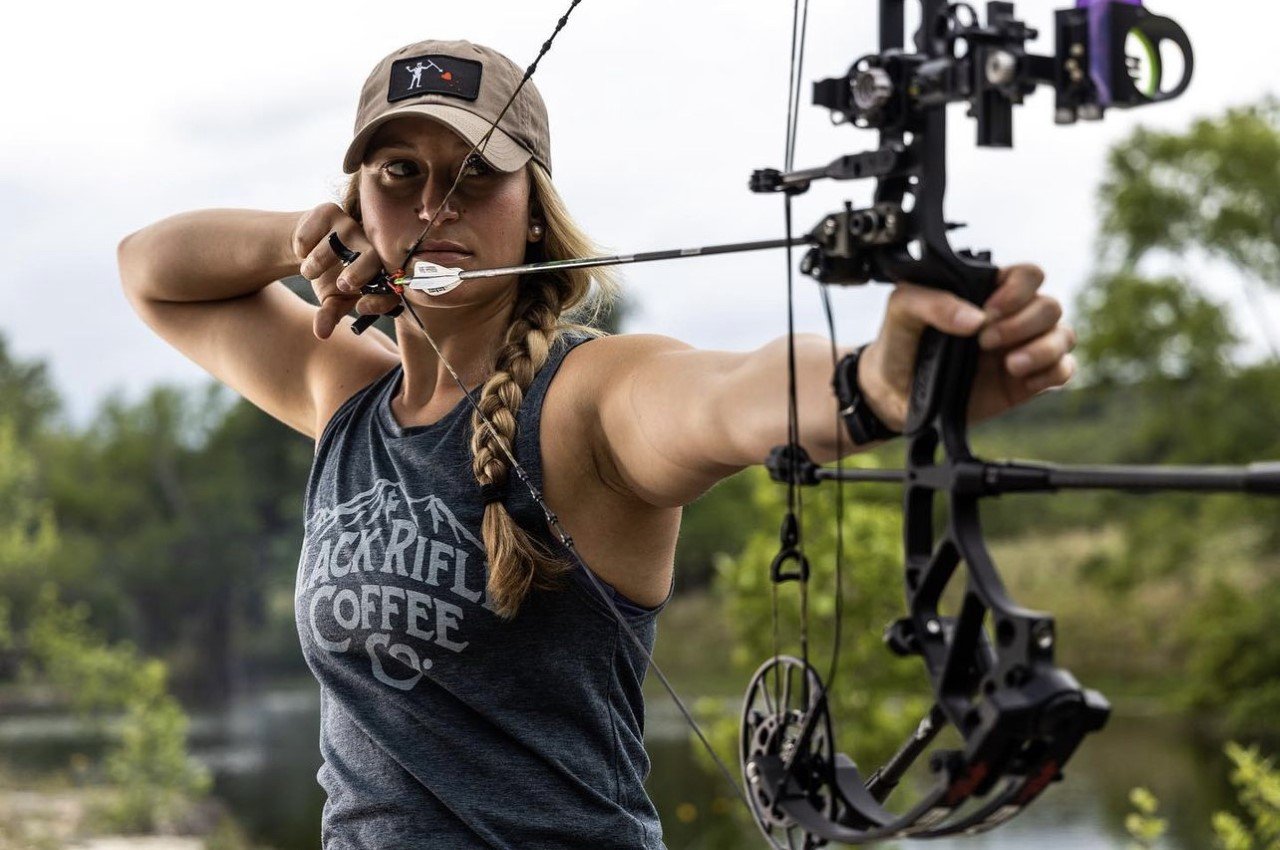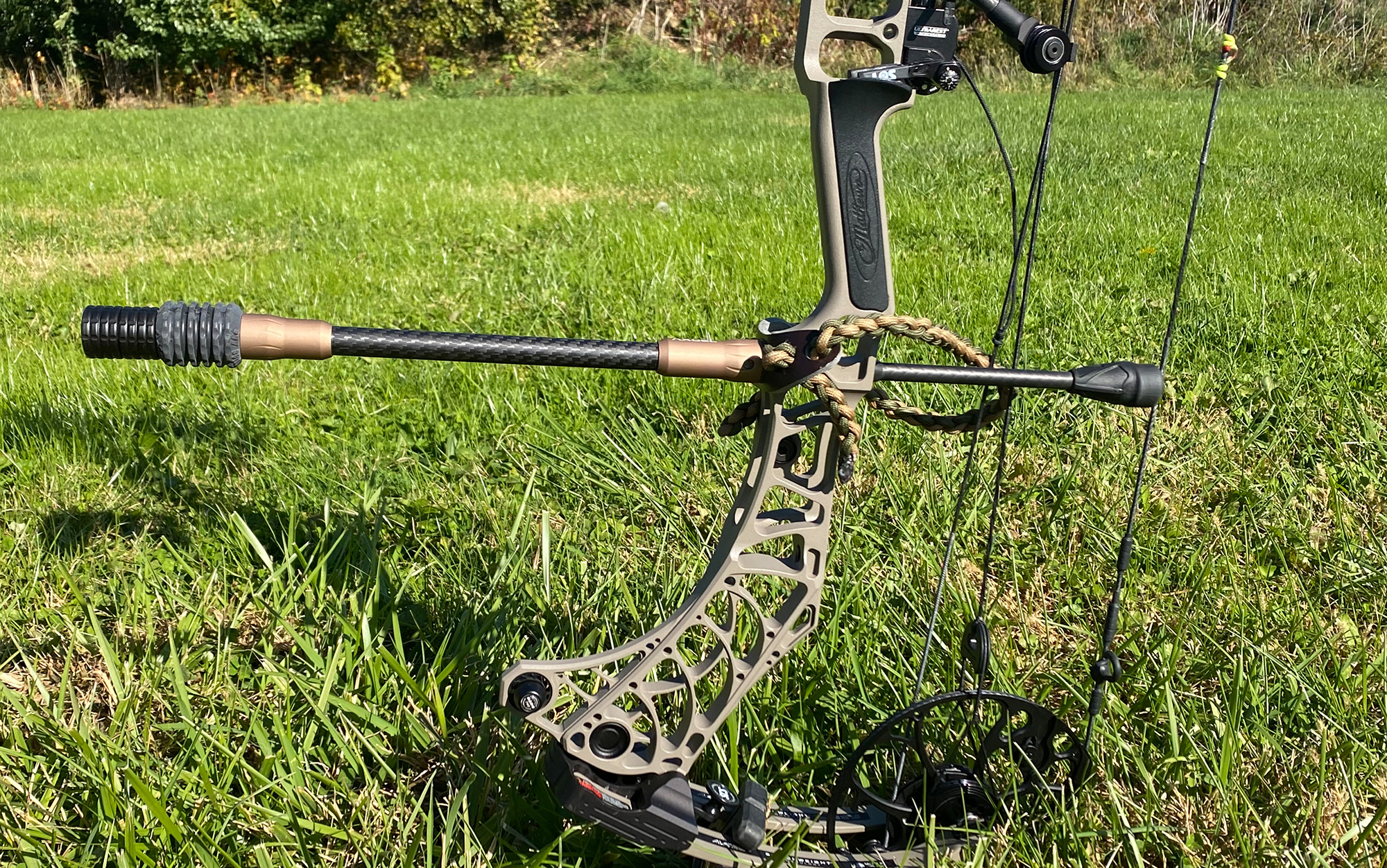Master the Art of Archery: Recognizing the Importance of a Stabilizer in Your Setup
Whether one is a skilled archer or simply beginning their trip, the value of a stabilizer in their arrangement can not be overstated. By recognizing the advantages of utilizing a stabilizer, considering the ideal factors when picking one, and effectively setting up and adjusting it, archers can raise their abilities to new heights.
The Role of a Stabilizer in Archery
A stabilizer plays an essential duty in archery by improving balance and minimizing vibrations throughout the shot. When an archer attracts the bowstring and releases it, there is a transfer of power that can cause the acquiesce vibrate. These resonances can negatively impact the accuracy of the shot. Nonetheless, a stabilizer assists to neutralize these vibrations by taking in and dissipating the power.
One of the major advantages of a stabilizer is its ability to enhance balance. The weight of the stabilizer assists to distribute the weight uniformly, reducing the strain on the archer's arm and improving stability.
Along with equilibrium, a stabilizer additionally helps to minimize torque. When an archer launches the bowstring, there is a natural tendency for the bow to revolve in the hand. This rotation, known as torque, can cause the arrow to divert off-course. The weight and design of a stabilizer combat this rotation, making sure a much more precise and constant shot.
Benefits of Using a Stabilizer
The use of a stabilizer in archery uses countless advantages that boost an archer's performance and total shooting experience. By taking in and moistening these vibrations, the stabilizer enhances the security of the bow, permitting for more constant and specific shots.
Secondly, a stabilizer assists to balance the bow by adding weight to the front end. This weight distribution counteracts the all-natural tendency of the bow to tip onward upon launch, lowering the amount of movement and boosting the archer's ability to preserve purpose on target.

Finally, a stabilizer can likewise act as a shock absorber, reducing the shock and recoil experienced upon release. This not just improves the convenience of capturing however likewise minimizes the risk of injury or stress on the archer's body.
How a Stabilizer Improves Precision
Enhancing the precision of an archer's shots, a stabilizer plays an important function in improving total performance. archery stabilizer. By adding stability to the bow, a stabilizer assists lessen the unwanted motion and resonance that can occur during a shot. This decrease in motion enables the archer to keep a consistent aim, resulting in more accurate and consistent shots

In addition, a stabilizer aids to wet vibrations that take place upon release. These vibrations can cause the bow to shake, affecting the arrowhead's trajectory and accuracy. By soaking up and dissipating these vibrations, a stabilizer assists to keep the bow's stability and make sure a accurate and smooth shot.
In addition, a stabilizer can likewise assist in balancing the weight distribution of the bow (archery stabilizer). By adding weight to the front of the bow, a stabilizer assists to stabilize the weight of devices, such as quivers or sights, which may be affixed to the bow. This balanced weight distribution aids the archer keep a controlled and constant shooting placement, leading to improved precision
Factors to Take Into Consideration When Picking a Stabilizer
When choosing a stabilizer for your bow, it is essential to take into consideration a number of variables that will certainly add to its general efficiency and viability for your private capturing design. The very first element to consider is the size of the stabilizer. Stabilizers can be found in numerous sizes, varying from short to long. Longer stabilizers normally give extra security and balance, but they can likewise be larger and more tough to maneuver. Shorter stabilizers, on the various other hand, provide far better ability to move but may give up some stability.
One more element to think about is the weight of the stabilizer. The weight of the stabilizer can affect the balance of your bow. A much heavier stabilizer can aid to lower resonances and enhance security, leading to a steadier shot. A lighter stabilizer may be chosen by shooters that prioritize ability to move and speed.
Some stabilizers have adjustable features, such as flexible length or flexible weights, which enable you to tailor the stabilizer to your specific requirements. Carbon fiber stabilizers are lightweight and durable, while light weight aluminum stabilizers supply an equilibrium between weight and strength.
Different stabilizers may work far better for particular you could look here shooting styles, such as target shooting or hunting. It is a good idea to seek advice from with experienced archers or experts to identify which stabilizer will certainly finest suit your specific requirements.
Tips for Correctly Mounting and Changing a Stabilizer
Longer stabilizers give even more security yet can be less manoeuvrable, while shorter stabilizers supply raised maneuverability however might sacrifice stability. As soon as you have actually picked the ideal size, affix the stabilizer to the bow utilizing the offered mounting equipment. Make sure that the stabilizer is safely secured and straightened with the bow's riser.
After mounting the stabilizer, it is needed to make modifications to accomplish the desired equilibrium and shot uniformity. Beginning by adjusting the weight distribution along the stabilizer. This can be done by including or eliminating weights from the stabilizer's weight system. Explore different weight setups to find the balance visit their website that works finest for you. In addition, take into consideration adjusting the angle of the stabilizer to make improvements the shot. A minor onward or backward tilt can impact the bow's balance and just how it responds throughout the shot.

Verdict
In conclusion, a stabilizer plays a vital role in archery by improving accuracy and minimizing bow torque. When picking a stabilizer, factors such as weight, length, and material ought to be taken into consideration to fulfill specific needs.
Additionally, a stabilizer can also help in balancing the weight distribution of the bow. By including weight to the front of the bow, visit this web-site a stabilizer aids to stabilize the weight of accessories, such as quivers or views, which might be affixed to the bow. Some stabilizers have flexible features, such as flexible length or adjustable weights, which allow you to tailor the stabilizer to your particular demands. Carbon fiber stabilizers are lightweight and long lasting, while aluminum stabilizers provide a balance between weight and rigidness.
Longer stabilizers give more security but can be much less manoeuvrable, while much shorter stabilizers provide enhanced maneuverability but may sacrifice security.
Comments on “Achieve Stability in Your Shot: Understanding Archery Stabilizers”